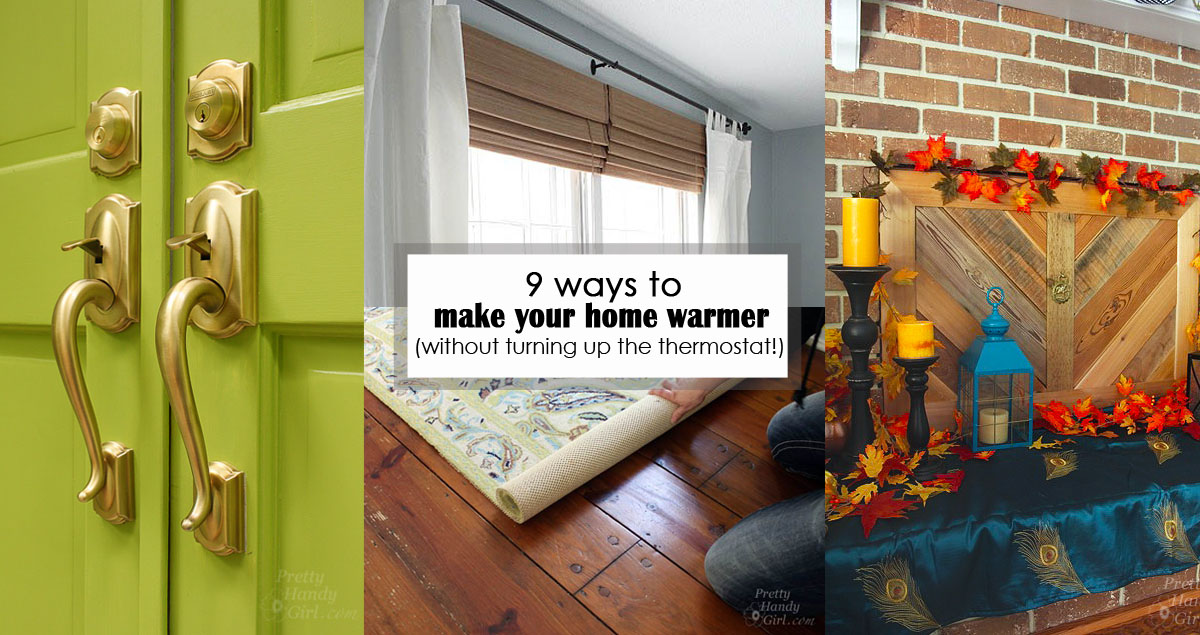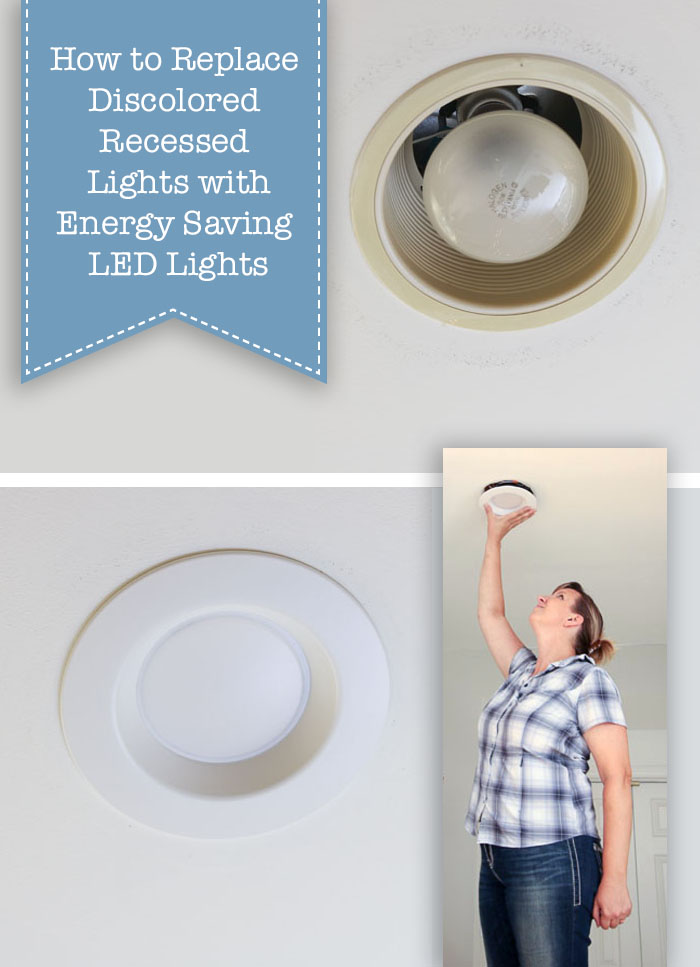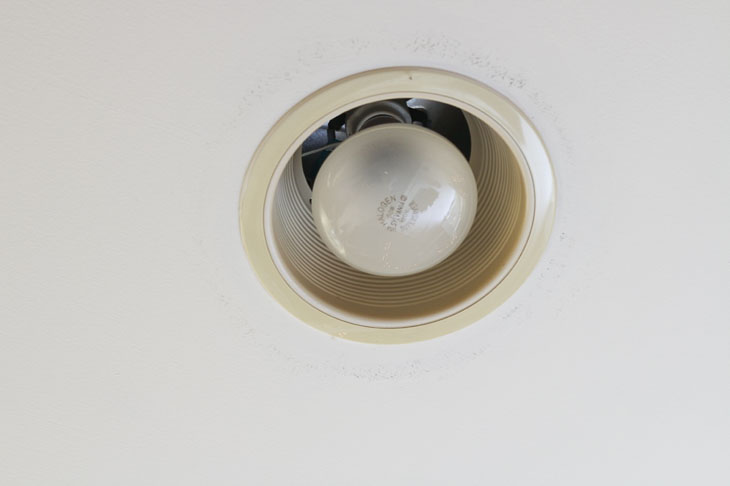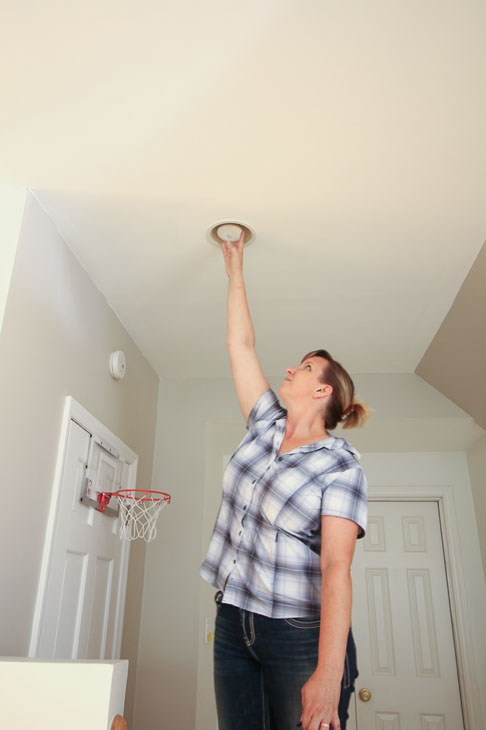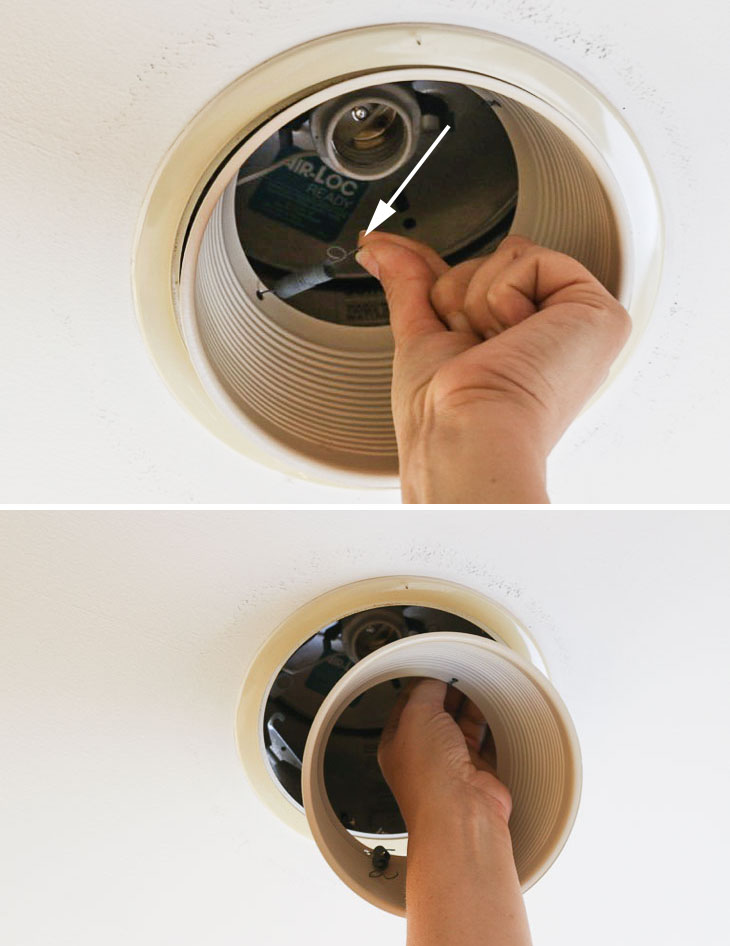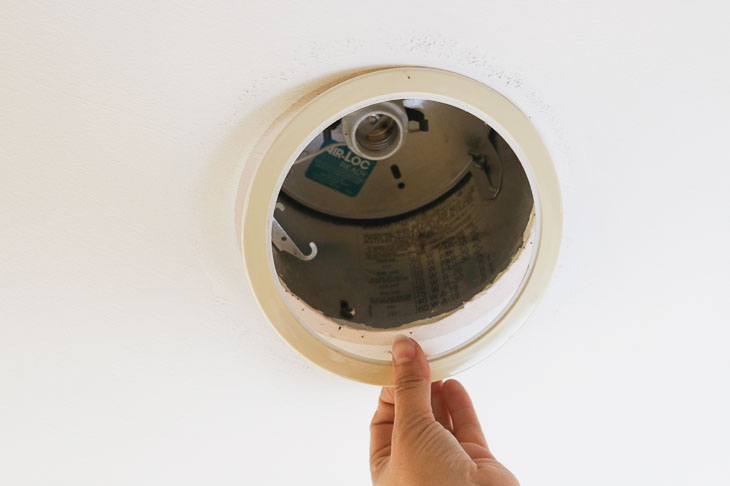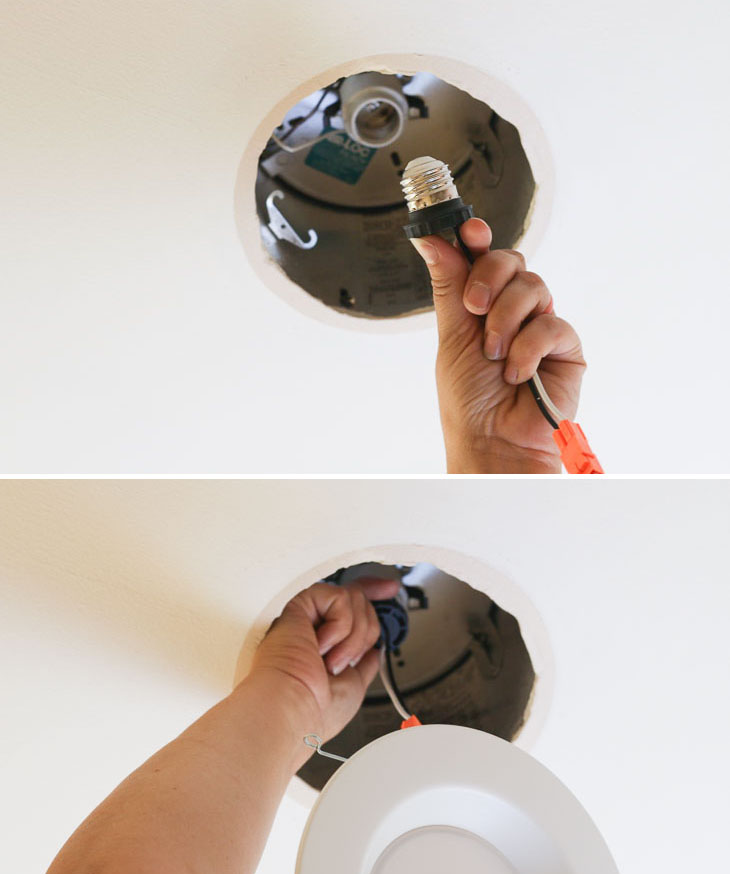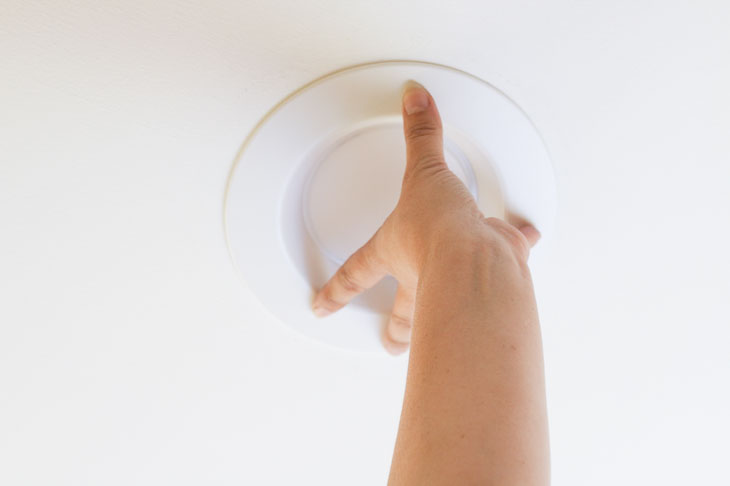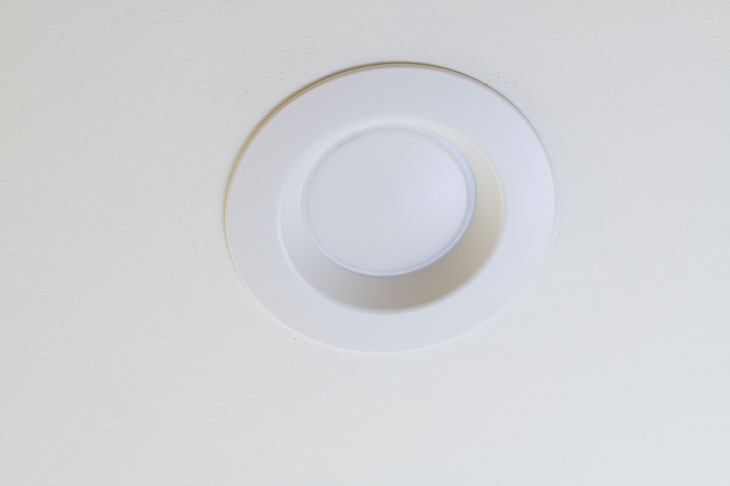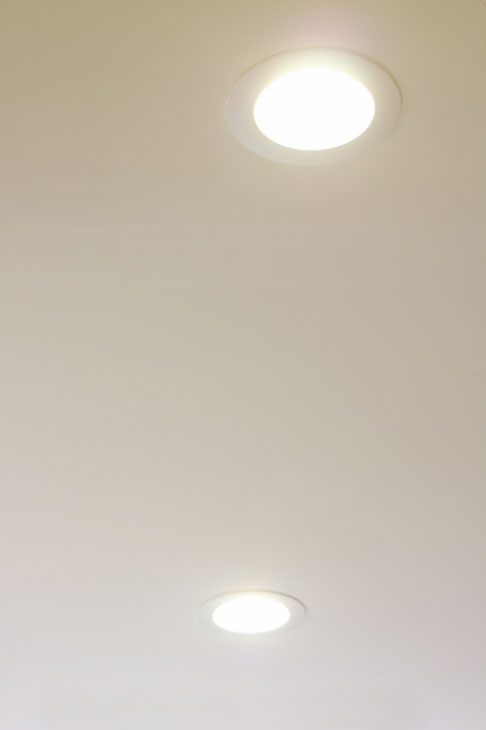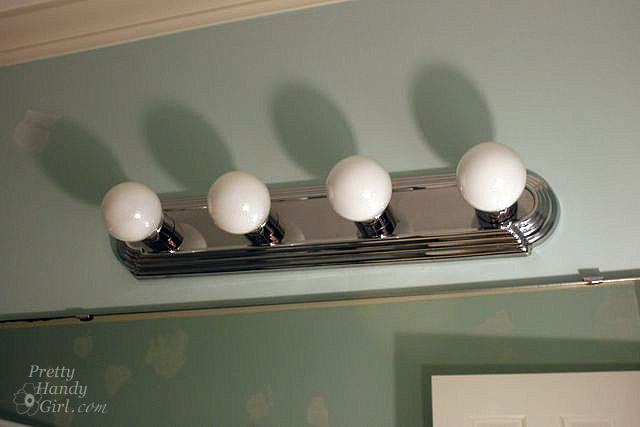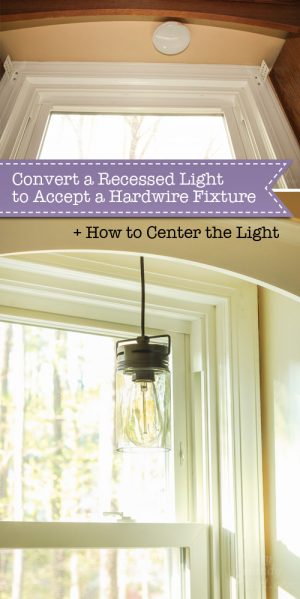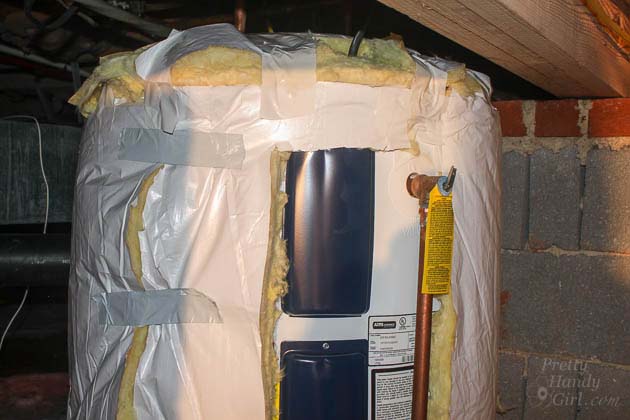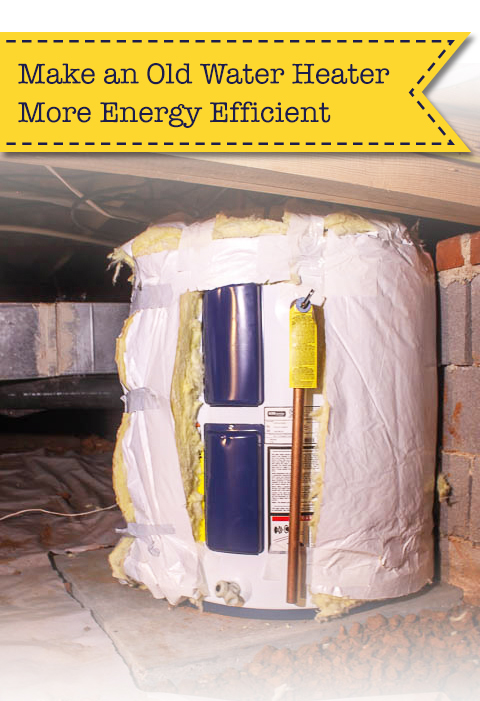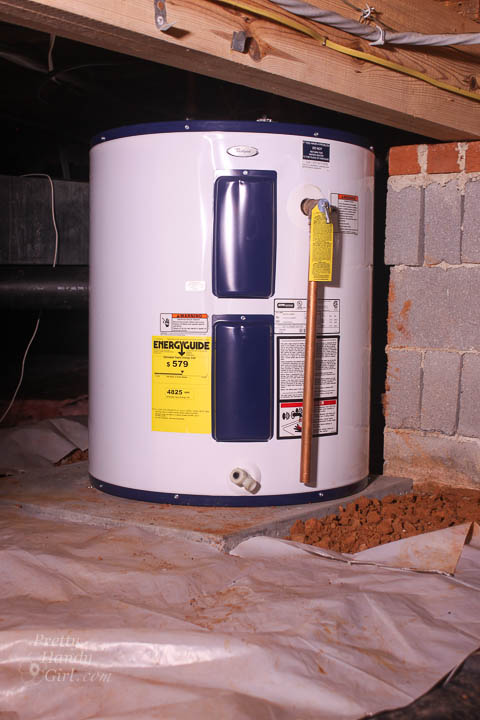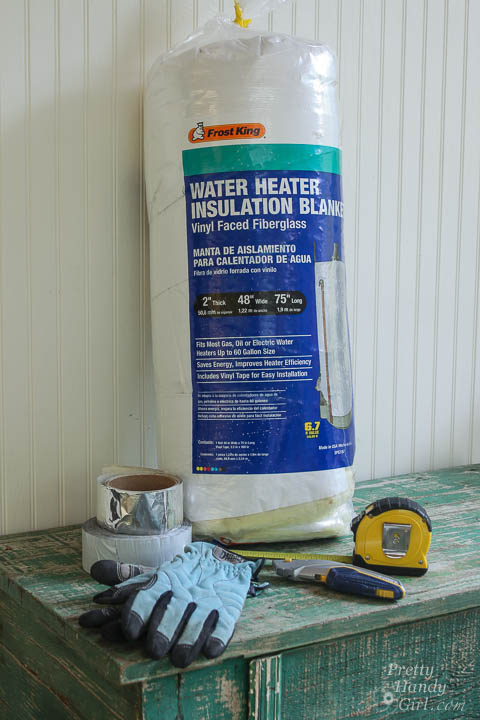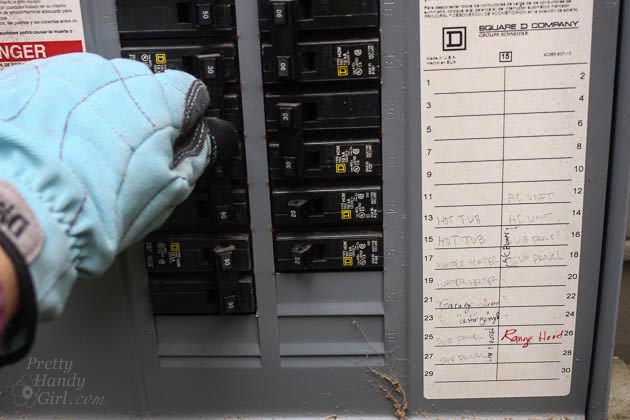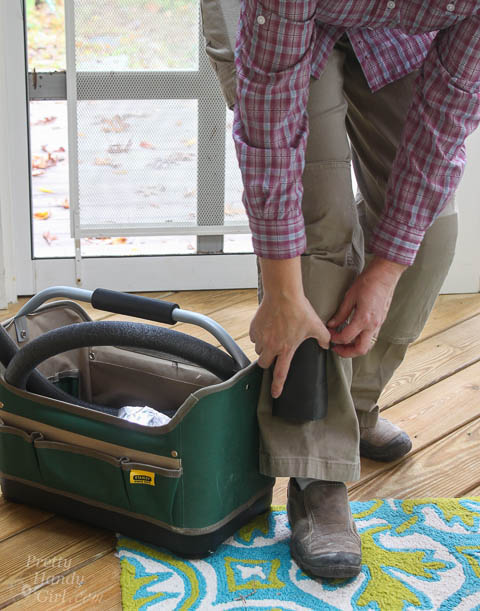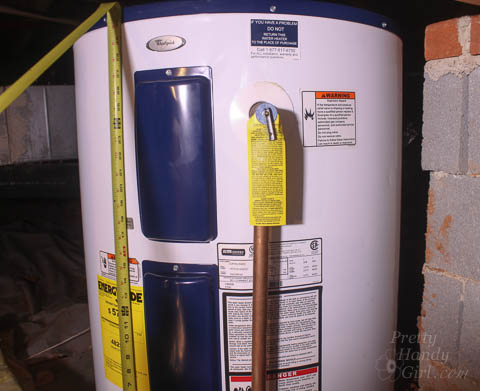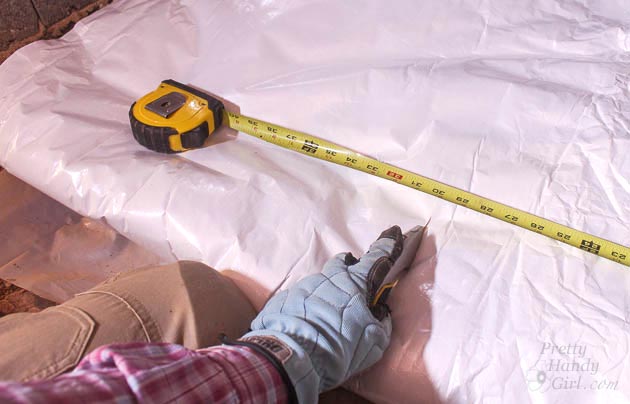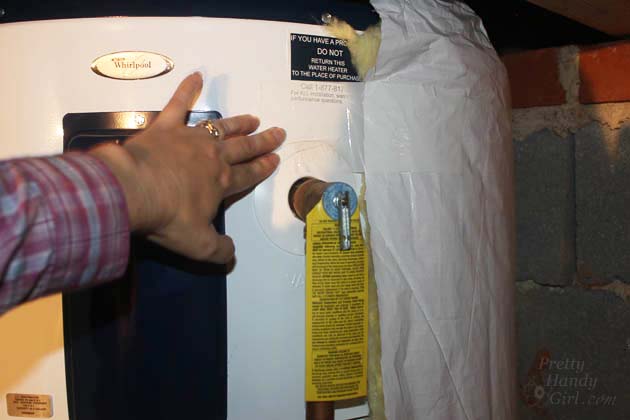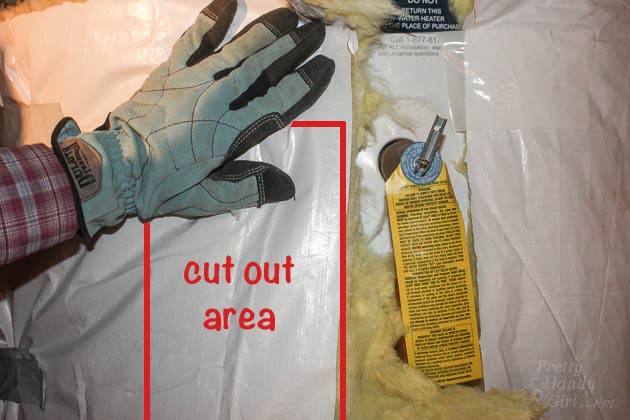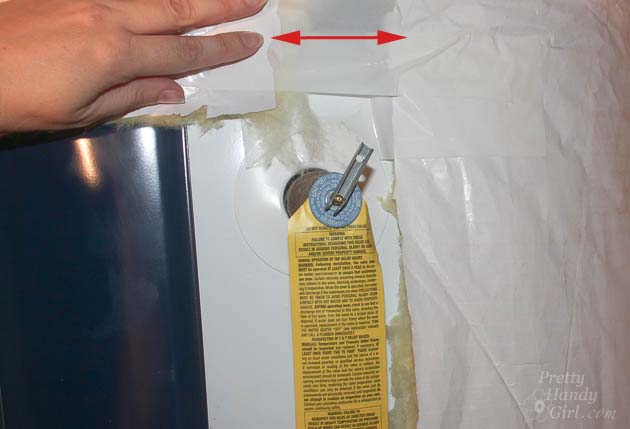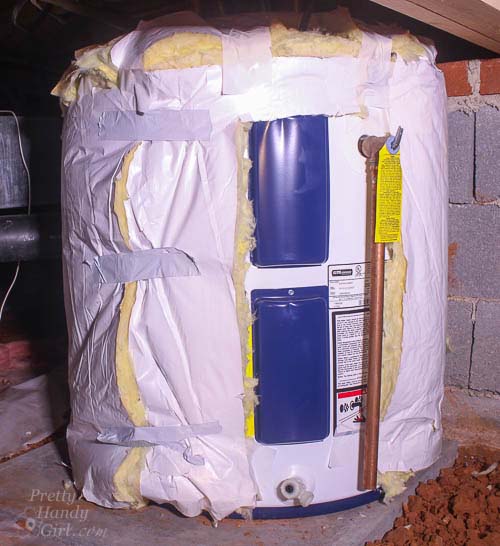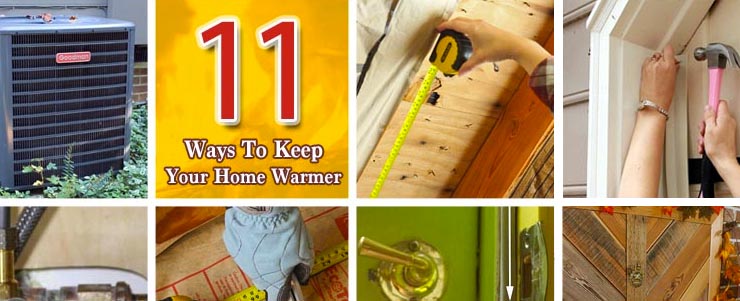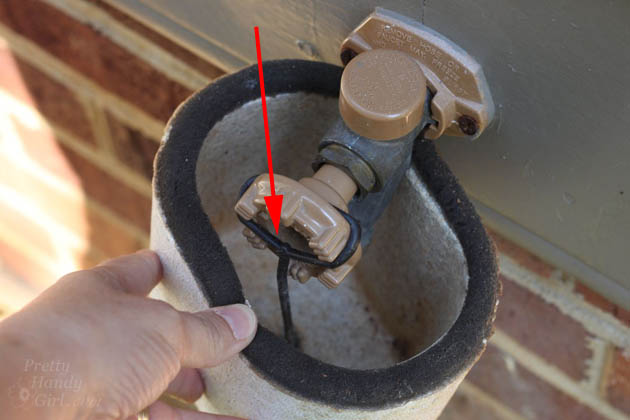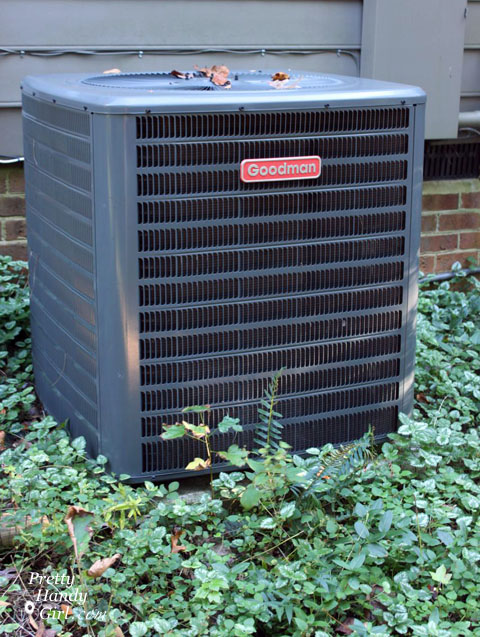 9 Ways to Make Your Home Feel Warmer this Winter
9 Ways to Make Your Home Feel Warmer this Winter
Winter brings snow days and memories of snuggling up under the blankets with hot cocoa, but one thing that isn’t fun about winter are the cool drafts, cold floors, and wasted energy trying to heat your home. Today I have 9 ways to make your home feel warmer without turning up the thermostat! Implementing some or all of these tips will be sure to make your home more energy efficient this winter. I hope you find these tips as helpful as I have!
Insulate Garage Door:
 Are there gaps on the sides of your garage door? Do you see light coming through? If so, you need to add some foam rubber weatherstripping to your garage to keep it warmer in the winter. Foam rubber weatherstripping prevents drafts from entering your garage. Use it to block gaps between doors and the door frames. In about an hour you can seal the gaps around your garage door. This could make a big difference in the temperature of your garage year-round. It can also improve the temperature in adjacent rooms. After installing the weather stripping we noticed a huge difference in the temperature of our bonus room that sits on top of the garage. Read my full tutorial on Installing Weatherstripping to the Garage Door.
Are there gaps on the sides of your garage door? Do you see light coming through? If so, you need to add some foam rubber weatherstripping to your garage to keep it warmer in the winter. Foam rubber weatherstripping prevents drafts from entering your garage. Use it to block gaps between doors and the door frames. In about an hour you can seal the gaps around your garage door. This could make a big difference in the temperature of your garage year-round. It can also improve the temperature in adjacent rooms. After installing the weather stripping we noticed a huge difference in the temperature of our bonus room that sits on top of the garage. Read my full tutorial on Installing Weatherstripping to the Garage Door.
Seal Doors and Windows:

Do you feel a draft by your window when the wind kicks up outside? Can you see daylight seeping through your door? If you answered yes to either of those questions, you are throwing away money on heating and cooling your home. The solution is as simple as buying a roll of foam weatherstripping. To check for drafts, wet your hand and run it around the window edges to see if you feel any cold air. Peel off a section of weatherstripping. Press it onto the door jamb. Peel off the protective paper. Test your door by closing it and look again for light.
You can also use the same weatherstripping on the bottom of your old windows. Most windows and doors should have it, but old houses may not. Seal the gaps in your windows and doors. Some homes have metal weatherstripping which isn’t the best because they bend and conduct cold through them, but it can still work in some places. For gaps underneath doors you can add the strip that screws onto inside of door and when closed it presses up against the threshold. There are a few options here, but the real priority is to just get it done and start saving on cooling and heating your home.
Engage Deadbolts: 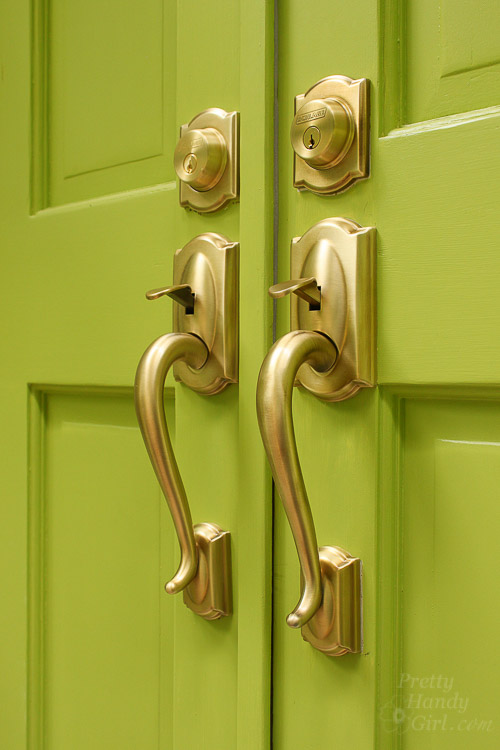
When you are out of the house, or when everyone is home (and no one will get locked out) engage the deadbolts to stop drafts on your front door. It will tighten the door up against the weatherstripping. Check your weatherstripping to make sure it’s in good shape. If your door doesn’t close tightly, it may be a simple fix. Try to move your strike plate to get a tighter seal. You might have to chisel a little more into the door frame to completely engage the deadbolt.
Single pane windows: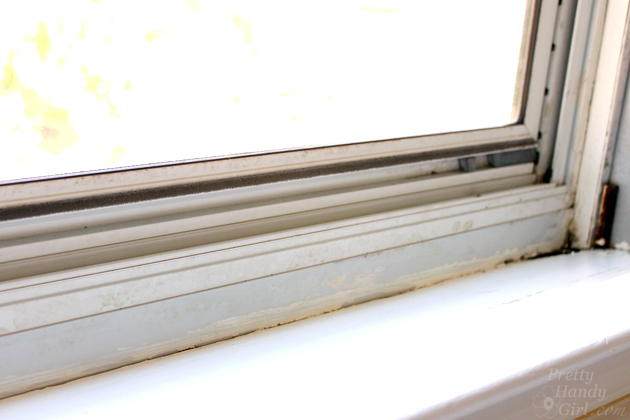
Newer windows are typically double-pane which allow them to have a layer of gas between the two pane of glass. This helps insulate the house. If you have single pane windows, don’t immediately jump to replace them. One option aside from buying new windows is to add a storm window to keep the warmth in. The second window imitates the double layer of the double-pane but costs a lot less! Just be sure to close your storm windows in the winter. In the summer you’ll want to add a screen so you can open up the window and let the warm air out, or use a fan to blow the air out.
Add Curtains: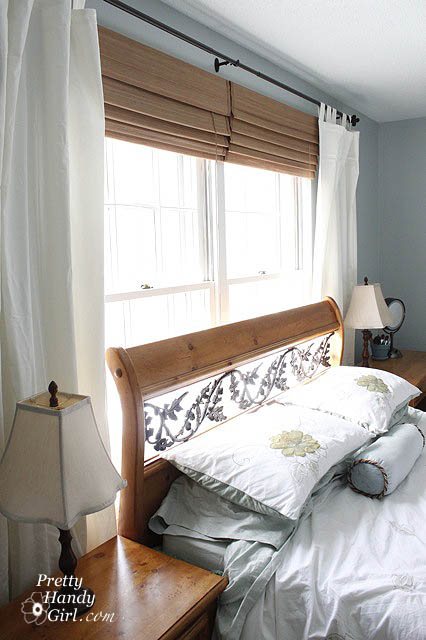
Add lined curtains to your windows. Get solid curtains with a liner and keep them closed at night in the winter. During the day, open the curtains when the sun starts to come in. You’ll be amazed at how much it impacts the room and limits the drafts that are trying to sneak in. Your room will be much warmer and you didn’t have to spend a fortune. Need to learn how to hang curtains? Read my tutorial on Hanging Curtains (and a no-iron solution!).
Block a Drafty Fireplace: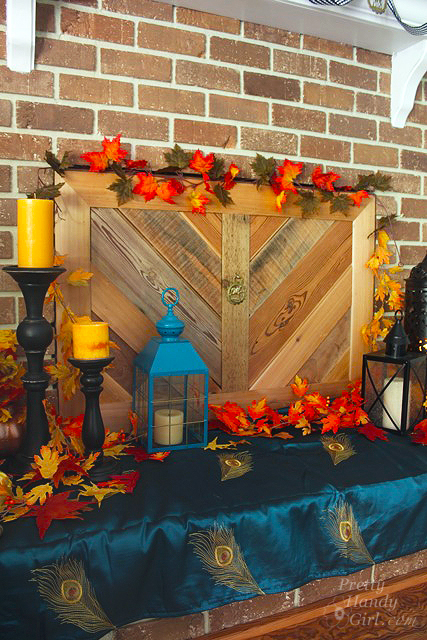
Create an insert for your fireplace by buying some rigid foam, wrapping it with batting, and gluing it to masonite. This will make a nice front cover that keeps the drafts from seeping into your home. Find a full tutorial here on how I built a beautiful draft stopper for my fireplace.
Seal Pipes and Vents: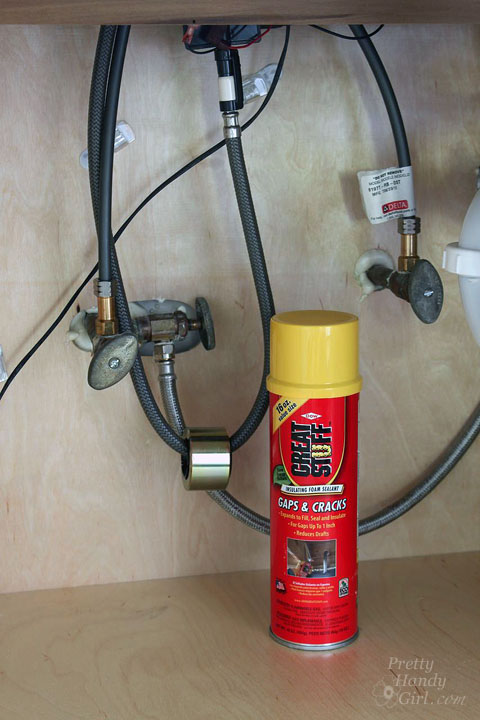
Seal the space around your pipes and vents with Great Stuff. This will keep the drafts from coming through but also unwanted critters. The holes around plumbing are common places for bugs and critters to enter homes, but it is a quick and easy project to seal them up and prevent entry! Great Stuff is easy to use, simply shake the can for 30 seconds, add the spray nozzle and fill your gap about half way. It expands as it cures so be sure not to overfill. It is helpful to have paper towels to wipe off drips and a serrated knife to cut off any unwanted parts after it is cured. You can read my article: using GREAT STUFF to seal gaps around pipes.
Insulate Attic doors: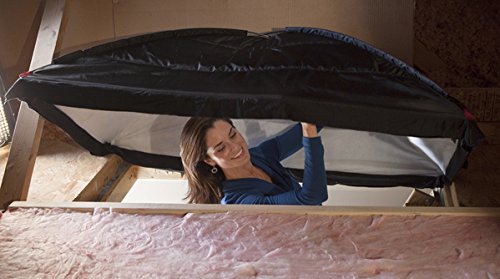
There are a few options for insulating between your attic to prevent drafts. You can add weatherstripping around the door or you can add rigid foam insulation glued to the attic side of the access door. This works for both walk-in attics and pull-down doors. Another fancy option is an Attic Stairway Cover, which can be found here (affiliate link.) Any of these options can help you save on your energy costs!
Warm Up Floors: 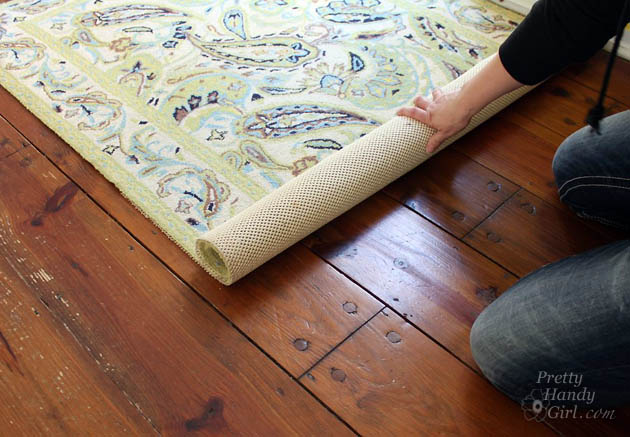
The final tip I have is to use rugs on tile or wood floors to keep your feet warmer. Rugs will also keep your room warmer and make a big difference on the comfort level in your home. It’s such a simple tip, but really can make a big difference.
I hope these tips help make your home warmer this winter and for many winters to come. And I’d love to hear if you have any tips for making your home warm during the cold winter days!![]()

